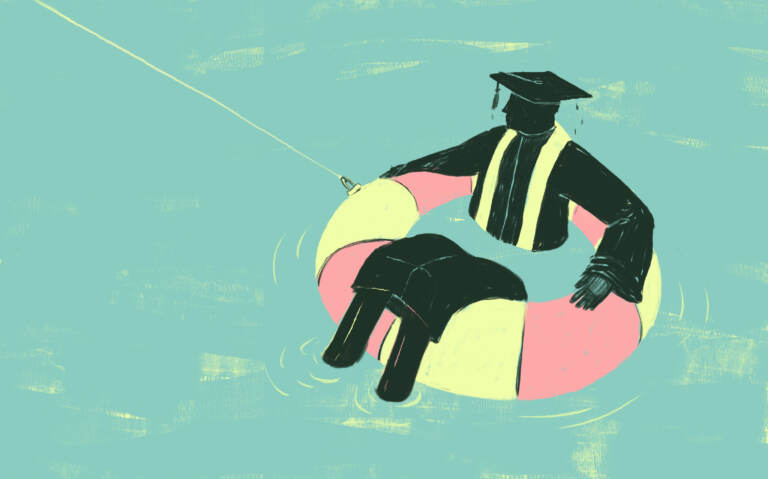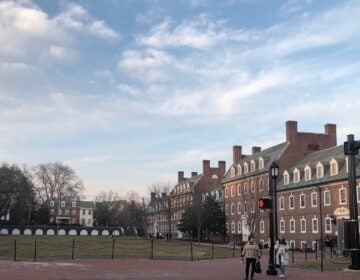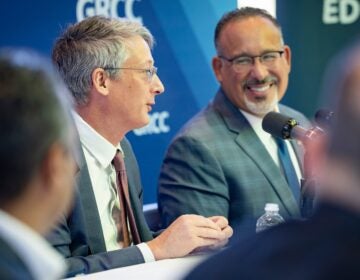Student loan forgiveness is on the way for more than 800,000 borrowers

LA Johnson/NPR
More than 804,000 federal student loan borrowers are in for a pleasant surprise.
While the Supreme Court scuttled President Biden’s efforts at widespread debt forgiveness, these borrowers are about to get an email from the U.S. Department of Education, notifying them that their debts will soon be automatically erased.
The forgiveness is the result of a promise made last year by the Biden administration in response to years of complaints, lawsuits and an NPR investigation that found that many long-time borrowers who should have qualified for loan forgiveness under the rules of the government’s income-driven repayment plans (IDR) hadn’t received it because of mismanagement by the department and loan servicers.
“For far too long, borrowers fell through the cracks of a broken system that failed to keep accurate track of their progress towards forgiveness,” said U.S. Secretary of Education Miguel Cardona in a Friday press release announcing the forgiveness.
The move will erase $39 billion in federal student loan debt.
Borrowers, advocates and journalists have warned for years of these IDR failures.
While IDR rules have long promised a borrower’s loan balance will be forgiven after 20 years of payments, a March 2021 report by borrower advocates found that, at the time, 4.4 million borrowers had been repaying their loans for at least 20 years – but only 32 had had debts canceled under IDR.
Why? One huge problem: These IDR plans, meant as a safety net for low-income borrowers, were difficult to enroll in. So loan servicing companies often put financially distressed borrowers into long-term forbearance instead, a process that the companies’ call center workers could more easily navigate over the phone. Forbearance may offer a short-term reprieve from payments, but interest continues to accrue.
In April 2022, an NPR investigation, built on unreleased Education Department documents, revealed yet more problems with the department’s handling of these IDR plans, including that several loan servicing companies weren’t actually tracking borrowers’ progress toward forgiveness (which the department knew) and that payment histories were often damaged and incomplete after borrowers were transferred from one servicer to another, a common practice.
In response, the Biden administration pledged last spring to conduct a one-time “account adjustment” for federal student loan borrowers, giving them retroactive credit towards loan forgiveness for months spent in long-term forbearance. Even borrowers who were never in an IDR plan are now receiving or soon will receive retroactive credit toward forgiveness, “regardless of whether payments were partial or late, the type of loan, or the repayment plan,” according to the department’s release.
This sweeping review of borrower accounts is far from over and will continue into 2024.
Friday’s $39 billion adds considerable heft to the Biden administration’s previous debt relief efforts, now totaling at least $116 billion, and illustrates how the Education Department can offer targeted relief to vulnerable borrowers even after the Supreme Court’s recent rebuke.
9(MDAzMzI1ODY3MDEyMzkzOTE3NjIxNDg3MQ001))




